Every year, the September 7 marks National Threatened Species Day. Why this day? September 7 is the day the last known Thylacine (Tasmanian Tiger) died in the Hobart Zoo back in 1936. National Threatened Species Day is a time to reflect on all of the species currently facing extinction. It’s a day to raise awareness, and a call to action.
Setting aside a single day of the year for threatened species awareness posits extinction as an event. But extinction is a process. It’s a process that unfolds remarkably quickly in some cases, but usually one that plays out over many, many years. By seeing extinction as a process, it becomes a trajectory along which there are many opportunities for intervention.
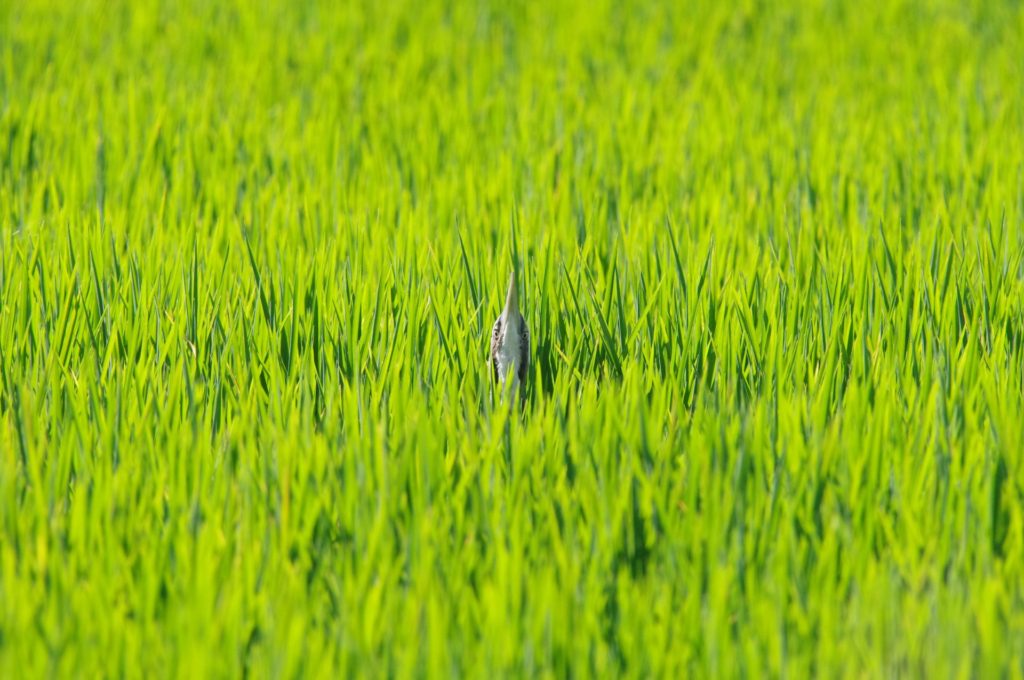
Take, for instance, the plight of the Regent Honeyeater. It is Critically Endangered, with fewer than 500 individuals thought to remain in the wild. A huge amount of conservation work has gone into protecting this species. It is now the subject of a captive breeding program to bolster numbers, and it receives a lot of on-ground research attention, including tracking studies and ongoing population censuses. If extinction of the Regent Honeyeater is to be averted, it will be due to the dedicated work of the people driving these last-ditch conservation efforts.
Intensive conservation works such as these are expensive to undertake, require specialist expertise for each facet of the program, and are not guaranteed to succeed. Although essential at this stage, these works are required only because early warnings went unheeded until the population was in dire straits. With such a small remaining population size, it’s difficult to find individuals to study in order to figure out what needs to be done in the uphill battle to save the species.
It doesn’t have to be this way, though. If the early signs that a species is in trouble are detected and heeded, conservation interventions can be made much earlier in the extinction trajectory, when the chances of success are higher.
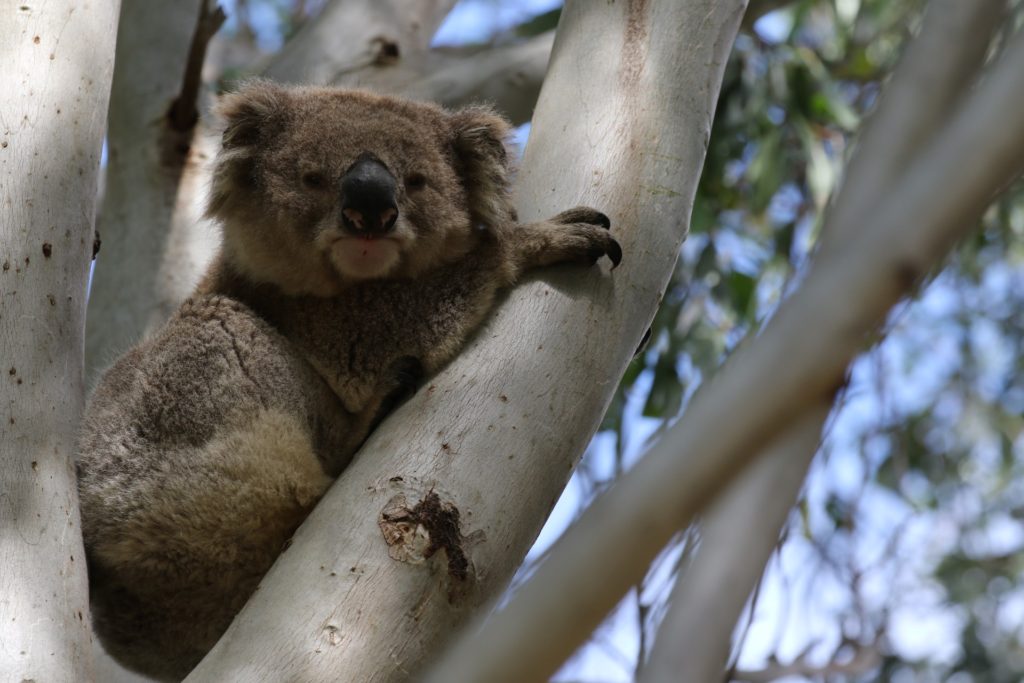
The Tuan (Brush-tailed Phascogale) is a small marsupial, classified as Near Threatened by the International Union for the Conservation of Nature (IUCN) and its population is declining. Throughout its range, many community groups have recognised that the Tuan population is showing signs of trouble and they have leapt into action. The most pressing threat for the Tuan is a lack of suitable tree hollows, which Tuans use for nesting. Past land clearing and recent fires have made these a very scarce resource. However, this can be remedied in the short-term by installing artificial nest boxes.
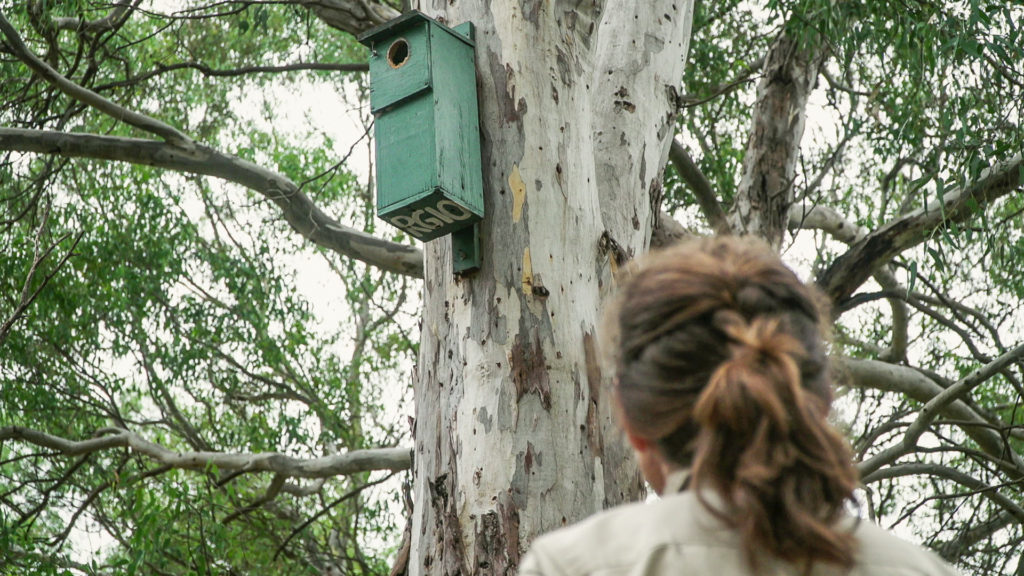
Community groups and management agencies have installed huge numbers of nest boxes in places including the Brisbane Ranges, the Goulburn and Broken River catchments, and the Chiltern-Mt Pilot National Park. These projects have been very successful and many of the nest boxes are being used by Tuans. In part, this success is due to there still being reasonably large numbers of Tuans in the landscape, so many individuals are able to reap the benefits of these conservation efforts. By acting early, these projects have been able to efficiently alter the extinction trajectory for the Tuan, staving off extinction until trees grow old enough to form suitable hollows again.
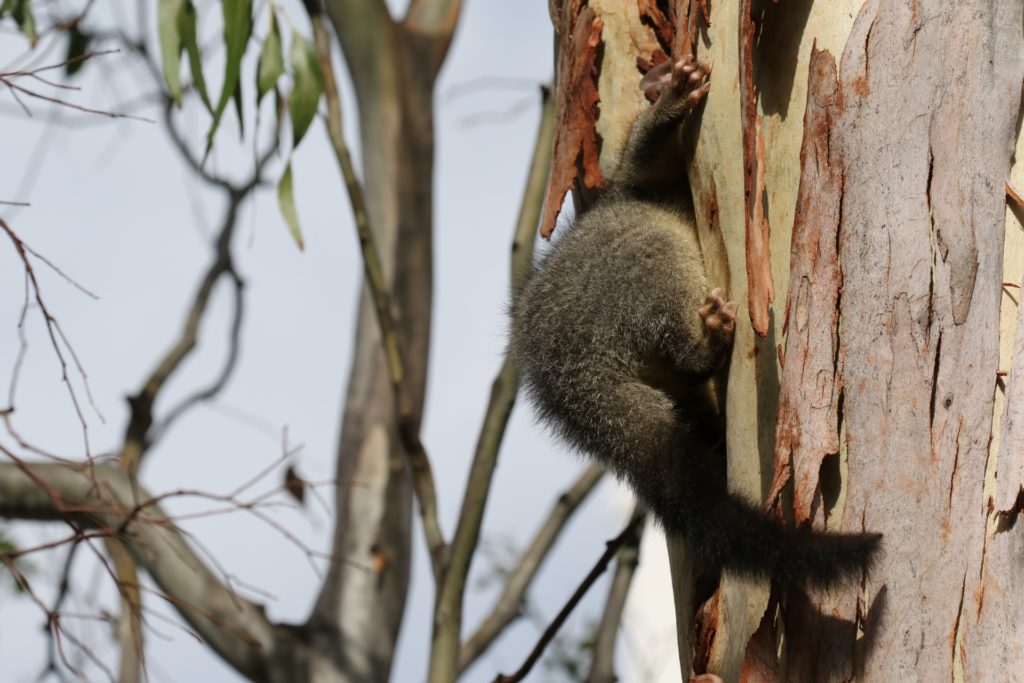
As well as benefiting Tuans, these projects also provide opportunities for people to get involved in their local community through volunteering with nest box construction, installation, and checking to determine if they are occupied by Tuans. Getting the local community involved is fundamental to successful conservation in the long-term, so fostering that sense of community ownership in the project is especially important. Community members are more likely to stay energised if they can see that their efforts are leading to positive outcomes. Hence, projects that take actions early in the extinction trajectory may be more rewarding for the people involved because these projects are more likely to result in success.
How you can help (please note that some of these projects are now complete)
There are many examples of projects that engage the community to help conservation of species that are in the early stages of an extinction trajectory. Here are five examples that you can get involved in:
- Fishers who catch and keep Murray Cod in northern Victoria between now and the end of the year are asked to collect and provide the tiny bones in the fish’s inner ear called otoliths to the Victorian Environmental Flows Monitoring and Assessment Program. It is hoped that the information that the otoliths provide (e.g., age, patterns of growth, and movements between water bodies) will be able to assist with designing appropriate environmental flow regimes.
- You can help to monitor threatened frog species like the Growling Grass Frog by taking part in Melbourne Water’s Frog Census. The contributions of citizen scientists to this program have helped document new populations of this nationally Vulnerable species.
- Citizen scientists can report where they see tree hollows to help scientists understand how this important habitat feature is distributed across the landscape and how our wildlife are using them. The Hollows as Homes program has the potential to benefit many species across a broad spectrum of stages of the extinction trajectory from the common and familiar Common Brushtail Possum, to the Critically Endangered Swift Parrot.
- You can volunteer to maintain healthy habitat for the Richmond Birdwing Butterfly. This huge butterfly is under threat from introduced plants that are toxic to the butterfly.
- Why not add value to your property and benefit conservation by planting your farm shelterbelt with some of your area’s threatened eucalypts (e.g., the Rose Mallee and Jingymia Mallee if you live in the Western Australian wheatbelt)?
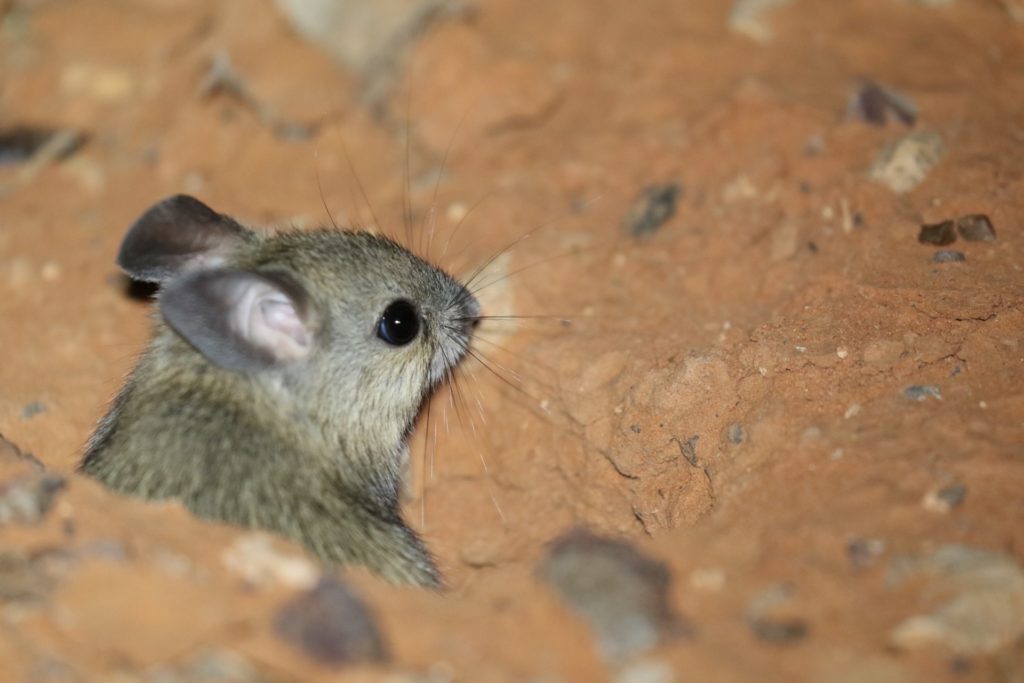
If you want to get involved in helping with a conservation project, but don’t know where to start, a great place to look for what is going on in your area is the Australian Citizen Science Association’s Project Finder.
Australia has one of the world’s worst track records for extinction and many species are poised to be added to this record in the near future.
If you were at work and could smell smoke filling your office, you wouldn’t wait until you could see flames or feel the radiant heat of a fire before implementing your emergency response. For much of our biodiversity, the signs point to the early stages of an environmental emergency. Now is the time to act if we are to avoid further extinctions, for the task gets only harder if the early warning signs are ignored. As was the case for the iconic Thylacine, ignoring early warning signs may consign a species to extinction long before the last individual has died.
Banner image of a Regent Honeyeater courtesy of Rowan Mott. The Regent Honeyeater is classified as Critically Endangered. Despite a huge amount of conservation effort, its future is still far from secure.

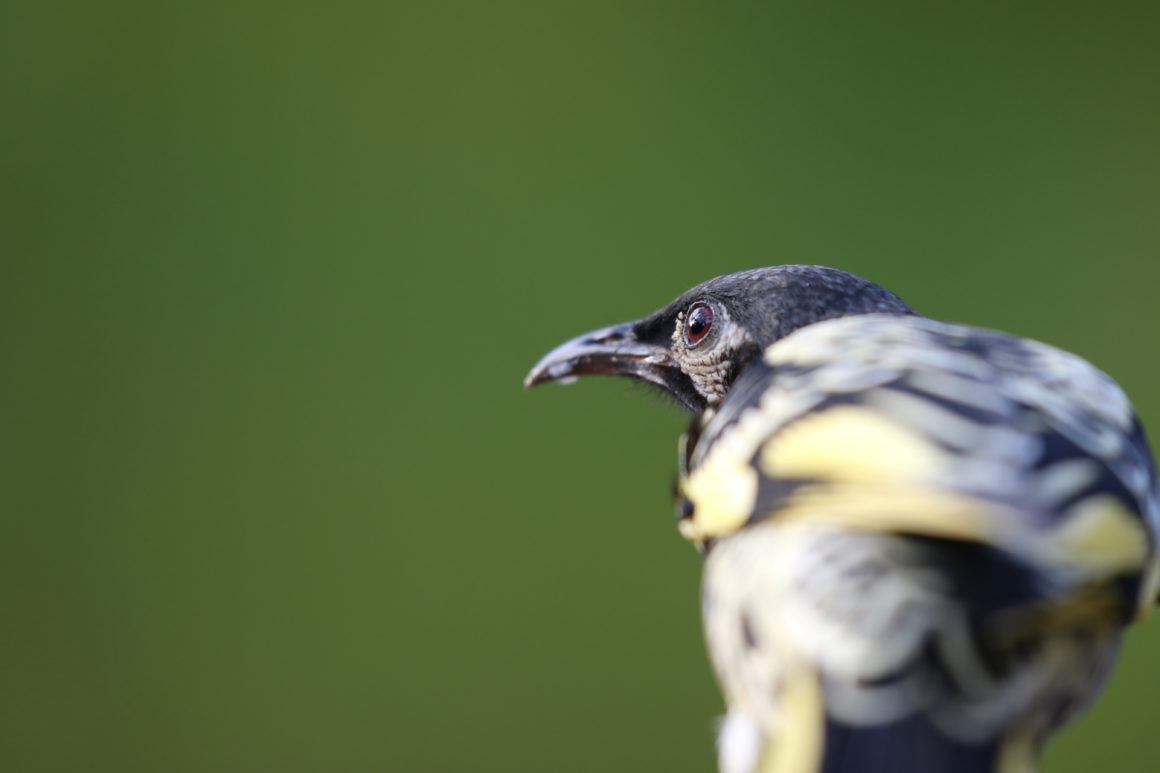
Leave a Reply